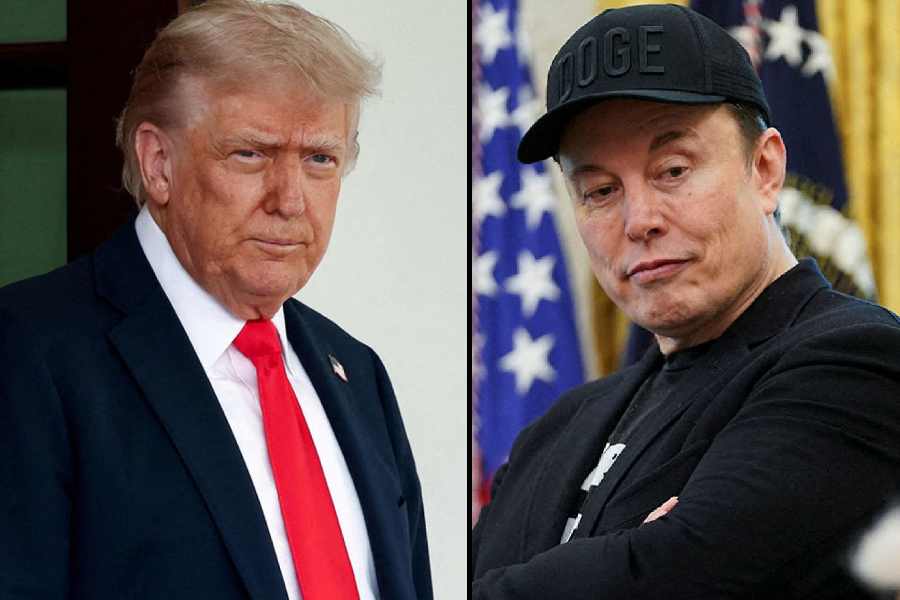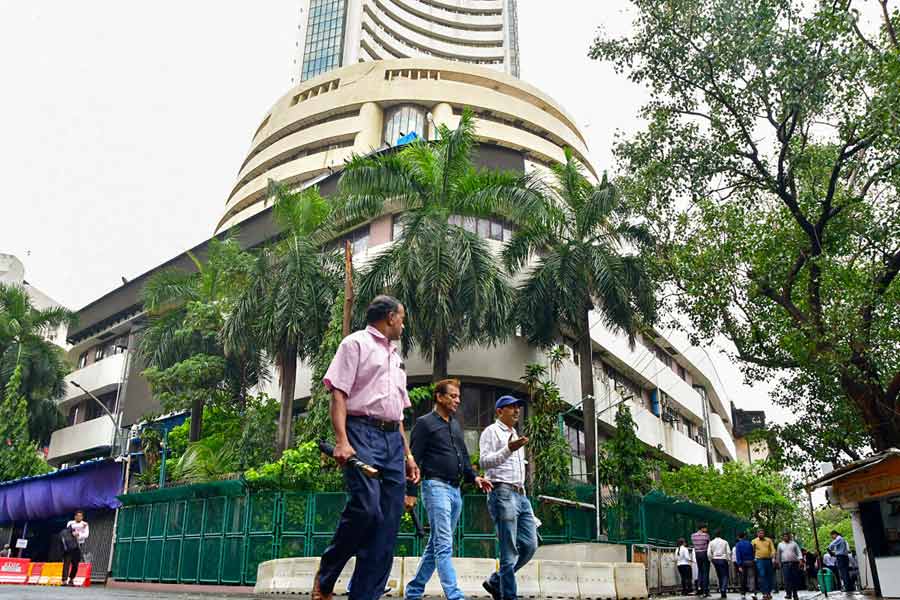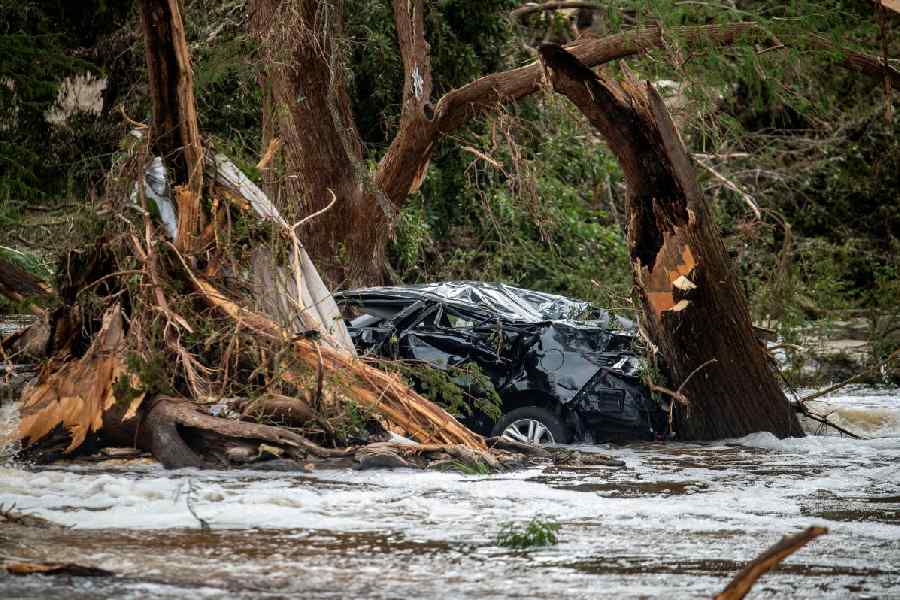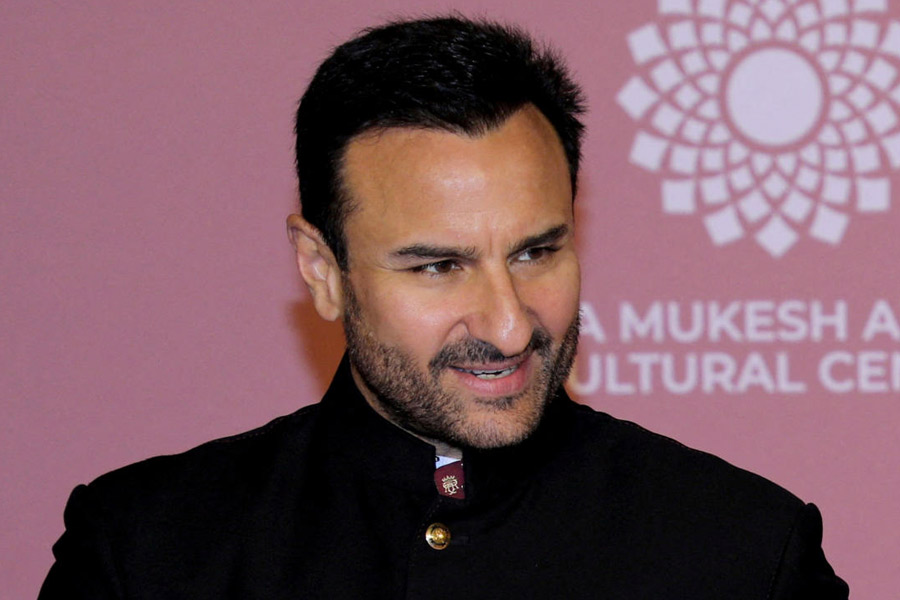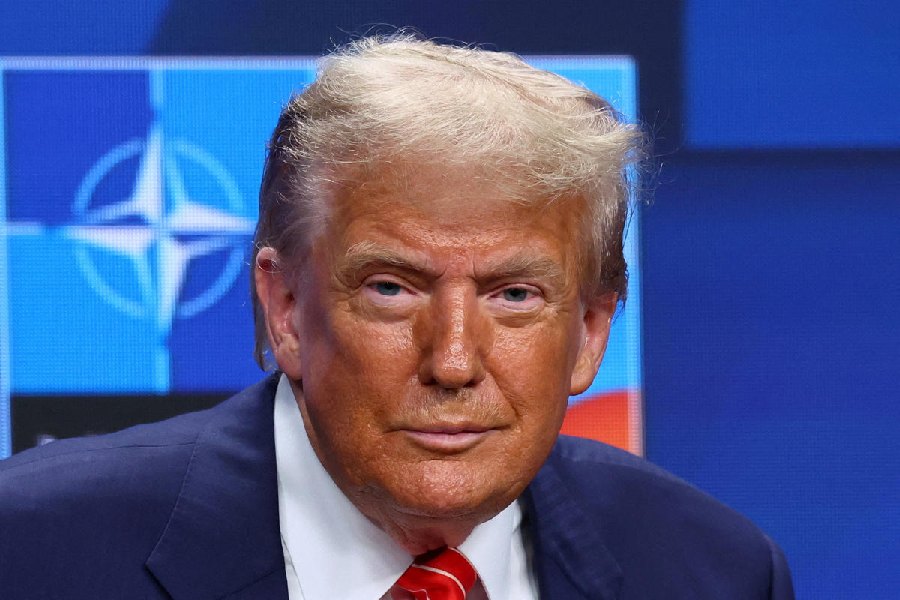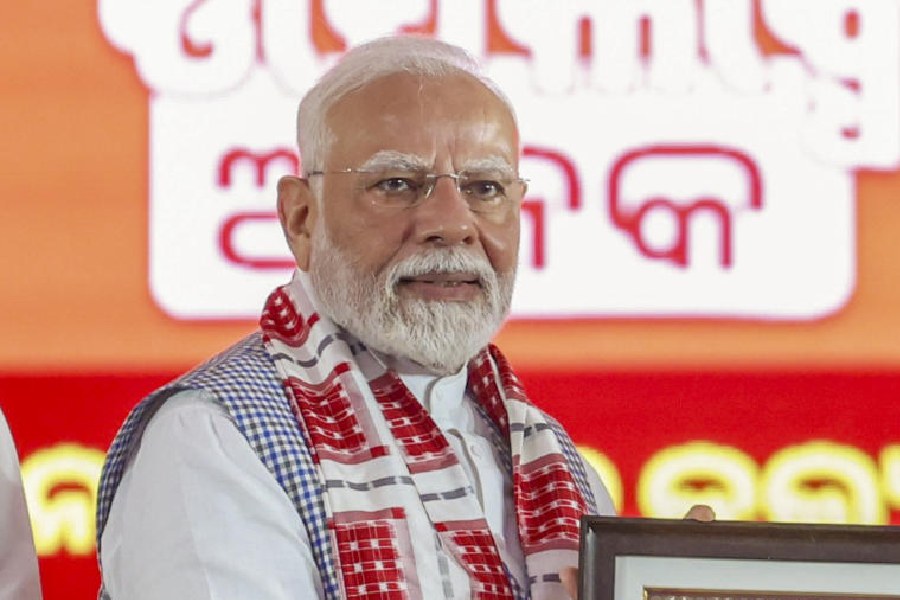 |
| Chandra Pradhan receives the citation of the Food and Agriculture Organisation from Prime Minister Manmohan Singh during the inauguration of the 99th Indian Science Congress in Bhubaneswar on Tuesday. Picture by Sanjib Mukherjee |
Bhubaneswar, Jan. 3: Admitting that India had fallen behind China in the field of science, Prime Minister Manmohan Singh today called for increasing the investment in research and development to two per cent of the country’s GDP by 2017.
“As far as resources are concerned, the fraction of GDP spent on R&D in India has been too low and stagnant. We must aim to increase the total R&D spent as a percentage of GDP to 2 per cent by the end of the 12th plan period from the current level of about 0.9 per cent,” he said inaugurating the 99th Indian Science Congress here.
Singh said this could be achieved only if industry, which contributed about one-third of the total R&D expenditure, increased its participation. “I believe public sector undertakings, especially in the energy sector, should play a major role in this expansion,” he added.
Singh appeared concerned about India’s slide in the arena of science over the past few decades. “India’s relative position in the world of science has been declining and we have been overtaken by countries like China. Things are changing but we cannot be satisfied with what has been achieved. We need to do much more to change the face of Indian science,” said the Prime Minister.
Pointing out that in a country like India, the objective of a comprehensive policy for science, technology and innovation must be to support a sustainable and inclusive growth, Singh said: “Research should be directed towards providing frugal solutions to our problems of providing food, energy and water security, how to give practical meaning to the concept of sustainable development and green growth. The benefits of development should reach those who need it most.”
He, however, appeared happy about the fact that over the last few years, the number of publications by Indian scientists working in the country had increased at the rate of more than 12 per cent annually against the global average of four per cent.
Singh congratulated the tribal community of Koraput, one of the most backward districts of Odisha, for its efforts in “conserving the local bio-diversity and developing climate-resilient farming systems”. Stating that it was important to explore and rejuvenate traditional knowledge systems in the areas of agriculture, architecture, handicrafts and textiles, the Prime Minister said: “One needs to go no further than the tribal communities who live in the deep forest areas of Mayurbhanj and have a reservoir of knowledge on the medicinal usage of locally-available plants.”
Koraput today found a place among the 20 “Globally Important Agricultural Heritage Systems” (GIAHS) sites of the world. Two tribal persons from this backward district today received the GIAHS citation of the Food and Agriculture Organisation (FAO) from Singh.
Chandra Pradhan, 42, of Kundura block and Raila Muduli, 28, of Baipariguda block have been practicing traditional farming methods to promote food security, bio-diversity, indigenous knowledge and cultural diversity for sustainable and equitable development in their respective villages in Koraput. The region is home to one of the oldest gene pools of rice.
M.S. Swaminathan, the brain behind India’s green revolution, who has been working with the tribal people in Koraput for the last two decades, said: “The FAO recognition for the tribal people is a tribute to their practice, which, according to research findings, is more than 3,000 years old. Though they are not educated properly, their traditional knowledge helps them to conserve the genes, seeds, grains and water. This is a perfect example of the marriage of a local tradition with scientific temperament.”
M.S. Swaminathan Research Foundation has decided to replicate the results of its Koraput model in other tribal pockets of the state.
It is also going to add fisheries with mangrove management in Rajnagar region of Kendrapara district.
Parviz Koohafkan, director, Natural Resources Management and Environment Department of FAO, one of the delegates at the Congress, said: “The agricultural heritage systems preserved by practice from generation to generation in Koraput is comparable to the Ifugao rice terraces of Philippines and rice fish culture in China.”
The kiosks of 52 laboratories under the Defence Research and Development Organisation were a major crowd-puller with a display of armaments, combat vehicles, engineering, missiles and naval systems. Nearly 15,000 delegates are participating in the five-day event.
Also present at the inauguration were chief minister Naveen Patnaik, governor M.C. Bhandare, Union minister of science and technology and earth sciences Vilasrao Deshmukh, Union minister (state) of planning, science and technology and earth sciences Ashwani Kumar and president of the Indian Science Congres and vice-chancellor of Karnataka State Women’s University Geetha Bali.
KIIT University and the National Institute of Science Education and Research (Niser), Bhubaneswar, are jointly hosting the event, which concludes on January 7.


